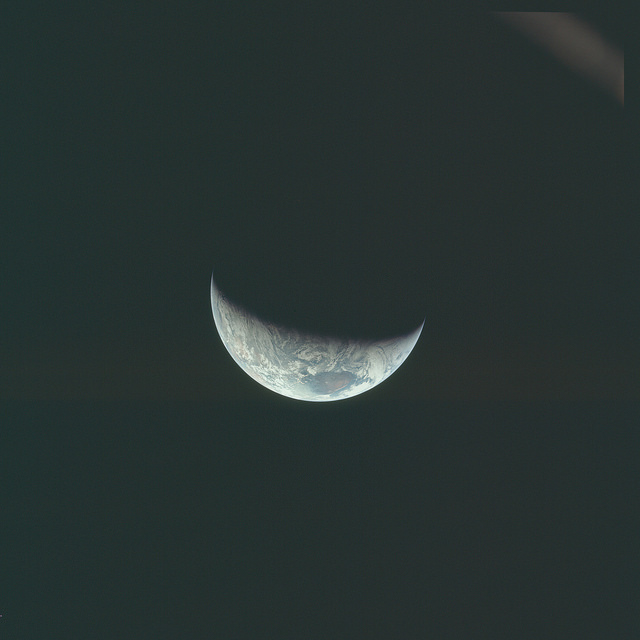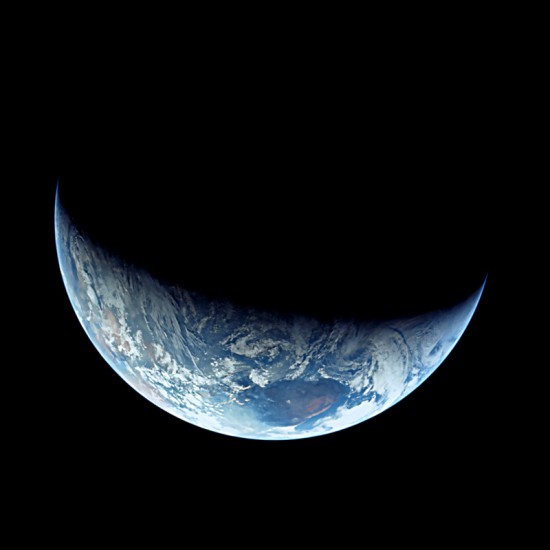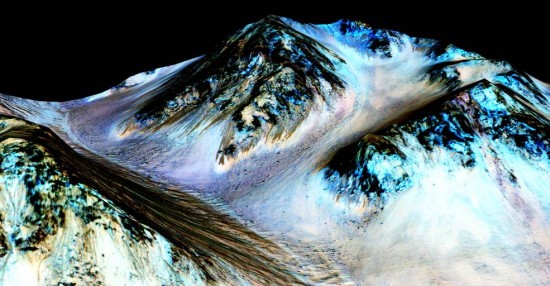The high resolution originals allow for some breathtaking edits (above).
The original photos (as seen below) are raw and unprocessed – organized by film magazine.

Contrary to some recent media reports, this new Flickr gallery is not a NASA undertaking, but an independent one, involving the re-presentation of the public domain NASA-provided Apollo mission imagery as it was originally provided in its raw, high-resolution and unprocessed form by the Johnson Space Center on DVD-R and including from the center’s Gateway to Astronaut Photography of Earth web site. Processed images from few film magazines to fill in gaps were also obtained from the Lunar and Planetary Institute’s Apollo Image Atlas.
Kipp Teague
October, 2015
A massive undertaking to organize 11000+ images. As these photos are in the Public Domain, the photos should be able to be reused without issue.
Digg organized a ‘best-of‘ from the list.



